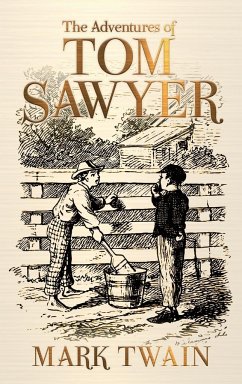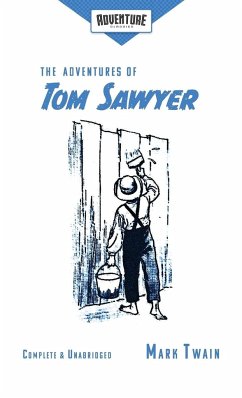
The Adventures of Tom Sawyer
Versandkostenfrei!
Versandfertig in 1-2 Wochen
219,99 €
inkl. MwSt.

PAYBACK Punkte
110 °P sammeln!
The Adventures of Tom Sawyer by Mark Twain is an 1876 novel about a young boy growing up along the Mississippi River. It is set in the 1840s in the fictional town of St. Petersburg, inspired by Hannibal, Missouri, where Twain lived as a boy.[2] In the novel Tom Sawyer has several adventures, often with his friend, Huckleberry Finn. Originally a commercial failure, the book ended up being the best selling of any of Twain's works during his lifetime.[3][4] Although The Adventures of Tom Sawyer is sometimes overshadowed by its sequel, Adventures of Huckleberry Finn, the book is considered a maste...
The Adventures of Tom Sawyer by Mark Twain is an 1876 novel about a young boy growing up along the Mississippi River. It is set in the 1840s in the fictional town of St. Petersburg, inspired by Hannibal, Missouri, where Twain lived as a boy.[2] In the novel Tom Sawyer has several adventures, often with his friend, Huckleberry Finn. Originally a commercial failure, the book ended up being the best selling of any of Twain's works during his lifetime.[3][4] Although The Adventures of Tom Sawyer is sometimes overshadowed by its sequel, Adventures of Huckleberry Finn, the book is considered a masterpiece of American literature, [5] and was one of the first novels to be written on a typewriter.















